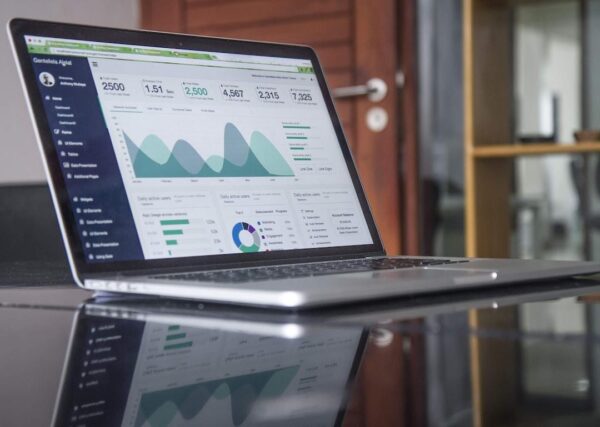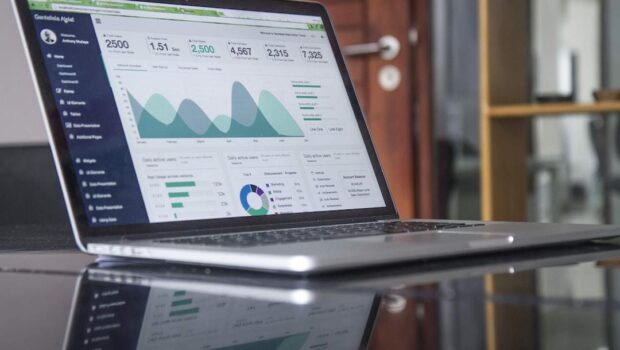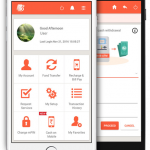Understanding Data Visualization in Business
Data visualization is a combination of art, science, and technology that has become an inevitable part of the business world in our modern times. The proliferation of data in the contemporary world calls for an effective means of interpreting, analyzing, and comprehending the underlying patterns and trends. This is where data visualization tools play a crucial role, as they allow companies to understand complex business data through graphs, charts, and other visual aids. Below, we will delve deeper and shine a light on various aspects of data visualization.
Understanding the Essentials of Data Visualization

Basically, visualization of data involves the graphical representation of information and data. By using visual elements like graphs, charts, and maps, data visualization tools provide an accessible way to understand trends, outliers, and patterns in data. For businesses, this innate comprehension of information opens the way to better decision-making. The principal aim is to facilitate the communication of information and enable the viewer to understand the data points better.
In the contemporary business world, data visualization has become an integral part of business intelligence (BI). BI tools enable organizations to explore their data in intuitionistic ways, which was not possible with traditional spreadsheet applications. From sales forecasting to employee performance evaluation, data visualization plays a key role in different business verticals.
Effective Strategies for Data Visualization

When it comes to deploying effective data visualization, strategic planning is crucial. Firstly, it is important to understand the audience and their requirements. The visualization technique should cater to the needs, backgrounds, and interests of the target individuals or groups. This will ensure that the visualizations are user-friendly and capable of delivering the intended message.
Secondly, it’s important to select the right visualization. One of the most common visualizations is bar charts, which are used to compare different categories or groups of data. A bar chart is clear and easy to understand, with the length of each bar representing the magnitude of the data being analyzed. They are ideal for showing trends over time, comparing sales figures or market share, and identifying strengths and weaknesses in different areas of a business. Aside from bar charts, line charts, pie charts, and scatter plots are also common visualization tools. The choice of graphics should align with the nature of the data and the information that needs to be conveyed.
Lastly, the visual aesthetics of the visualization are also important. Effective use of colors, labels, and scales can greatly enhance the visualization, making it more engaging and easier to interpret. However, one should be careful not to overdo it as it can lead to a cluttered and confusing visualization.
Advantages of Business Data Visualization
Data visualization provides multiple benefits in the world of business. Primarily, it amplifies the bandwidth and speed of data absorption for stakeholders, presenting information in a quick, easy-to-read format. This is extremely beneficial to decision-makers in businesses since they frequently need to review large volumes of big data and make decisions based on this analysis.
Moreover, data visualization has the unique strength of illuminating patterns, relationships, and trends in data that text-based data might not reveal. The increasingly complex business environment requires methods that can simplify data analysis, and this has escalated the demand for data visualization tools. Visualization promotes a broader and more holistic view of business performance by providing a full picture formed from different data sets.
Role of Data Visualization in Decision Making

Visualization plays a vital role in data-driven decision-making. Unlike raw data, visual data is easy to interpret and understand, making it the preferable format for decision-makers. Good data visualization simplifies complex data sets, revealing areas that need attention or improvement.
Moreover, visual data helps to identify trends, patterns, and correlations that would go unrecognized in text-based data. Teams can identify which areas require improvement, understand what factors influence customer behavior, visualize relations between operational and business activities, and predict sales volumes, among other benefits.
Beyond that, data visualization promotes the efficient and effective communication of information. By presenting data in an easy-to-understand format, individuals from different departments can make decisions based on data. Visualizations encourage a data-driven culture within the organization.
Overall, data visualization is a powerful tool that enables businesses to comprehend complex data in an easy and intuitive manner. As we progress into the future, the role of data visualization will continue to become even more crucial, making it an area worthy of greater attention and exploration for businesses seeking to harness the power of their data.












